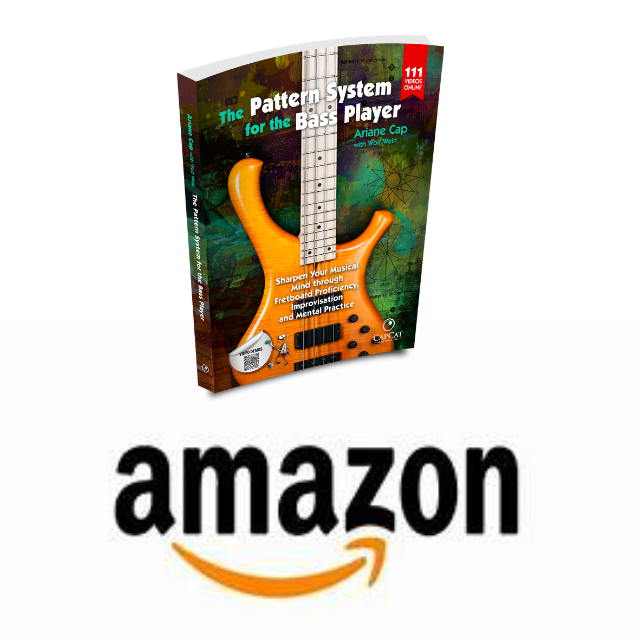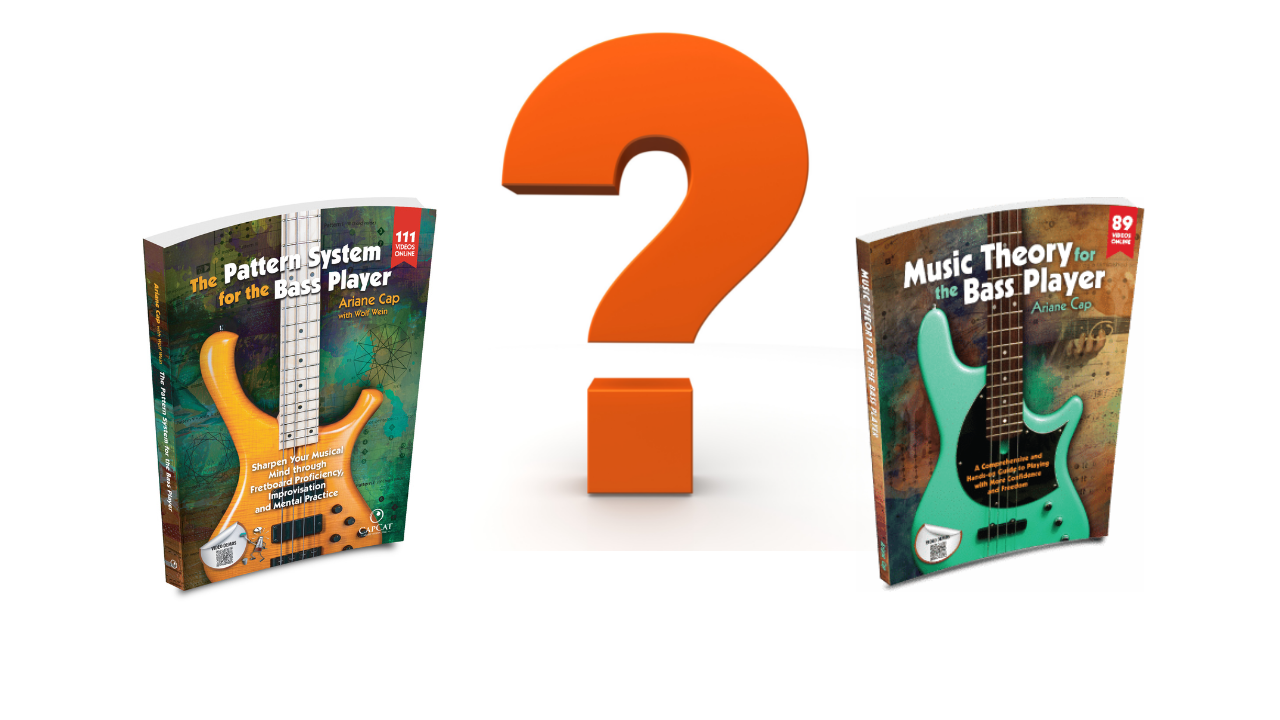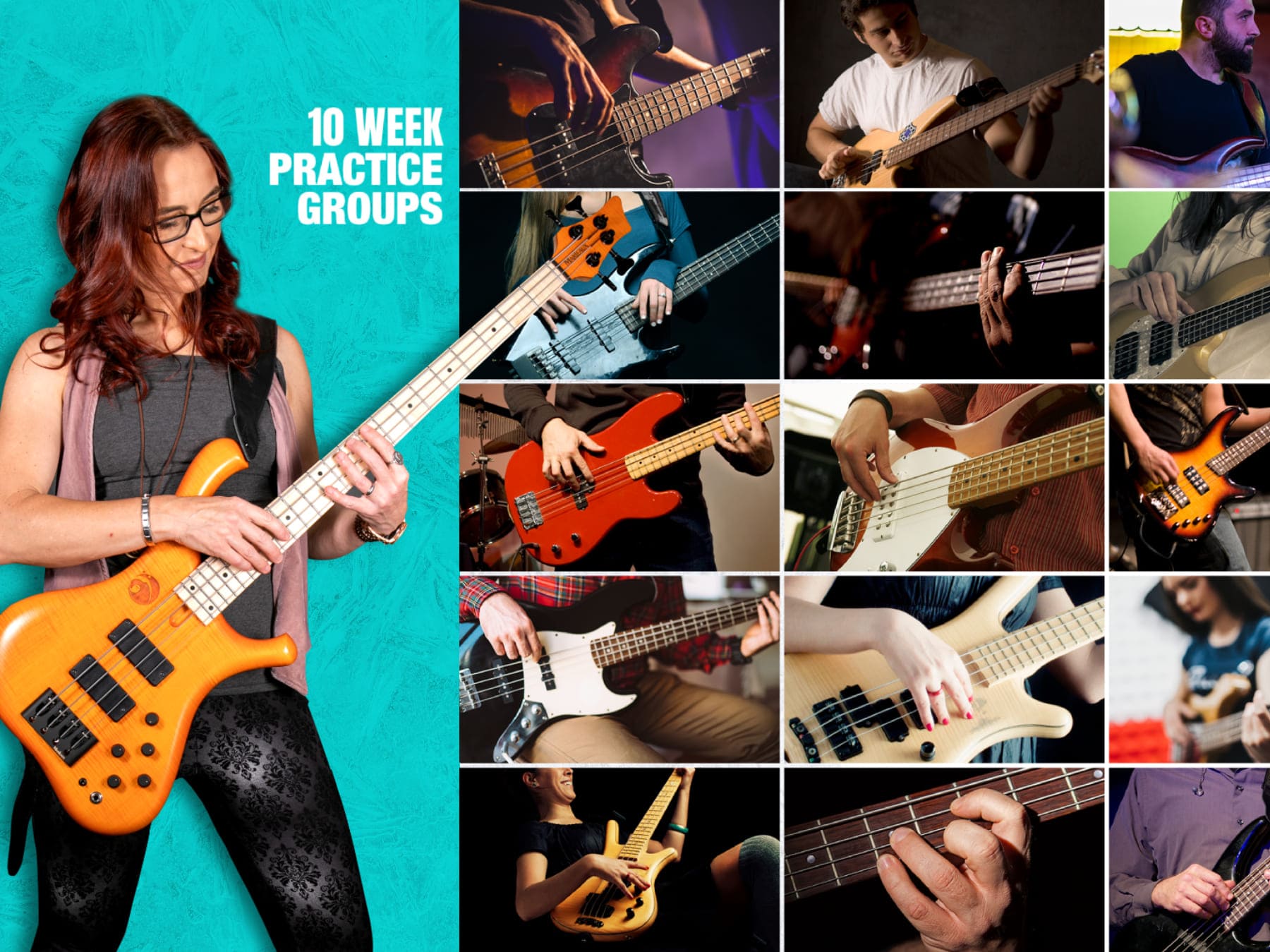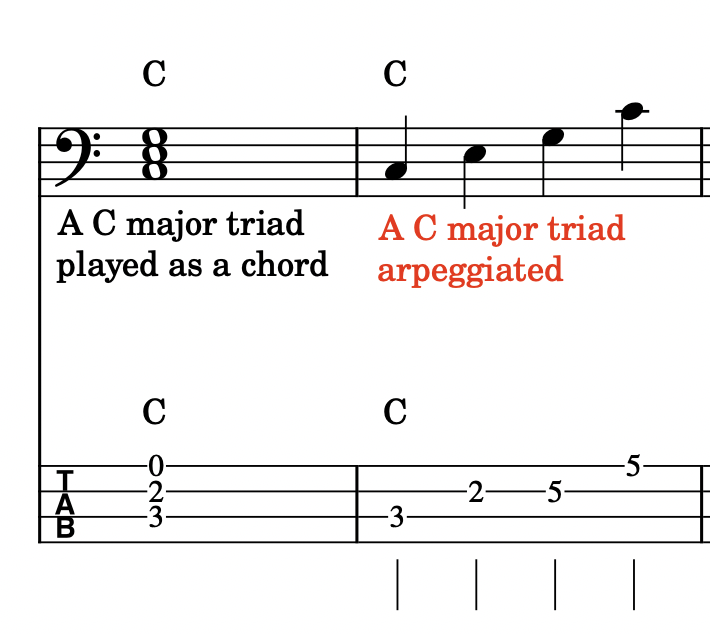Now Available on Amazon!
Four years to write and 20 years in the making, my new Pattern System for the Bass Player – Sharpen Your Musical Mind through Fretboard Proficiency, Improvisation and Mental Practice is now available on Amazon!
What is The Pattern System?
- Is it just moving shapes up and down the fretboard?
- Is it the seven-string bass method? Is it just another version of the CAGED concept?
- Is it just the modes?
- Oh, I know those five patterns you mention! I don’t need to read this book then, right?
- Is this just TAB?
- Are you saying if I study this, I don’t need to know theory?
- Or that I don’t need to learn how to read notation?
- Is this a magic bullet, so I don’t have to practice?
None of the above!
The Pattern System is a comprehensive, step-by-step method that at a quick glance — trains you in the mastery of the fretboard by showing you a well-thought-out system based on five basic scale shapes.
At its core, The Pattern System teaches you how to think music and effortlessly translate it onto the bass. The scales, arpeggios, intervals, etc., are just the tools we use for this training. As you put this method into practice, you will gain deep confidence and previously elusive freedom:
- Your understanding of the instrument will reach a whole new dimension.
- As we explore patterns within patterns, you will train your musical mind to recognize and freely apply the patterns of music itself.
- Music theory shapes such as scales, arpeggios and common chord progressions will literally be at your fingertips:
• In all keys
• In all areas of the bass
• Without looking at the fretboard or your hands
- Your technique will soar
- Your new improvisation skills will surprise you.
Learn to Think Ahead in Time!
The Pattern System teaches you to think ahead “in time.” Think about the power and importance of that for a moment — being able to think ahead while the beat keeps going. This will make your timing much more solid, your improvisation more exciting, and your grooves and fills more creative. Rather than chasing the music, you will now be on top of it. With that comes less stress, more relaxation, better accuracy and a more purposeful tone – things we all strive for!
And because this system incorporates mental practice techniques, it trains you to practice with stunning efficiency.
- It will teach you how to listen to yourself.
- It will help the self-directed learner how to become his/her own coach.
- This method builds awareness, discipline, and determination.
- Some even say the study of this method builds character.
Fact: I have never seen a student whose playing was not vastly improved through the study of this method. You’ll learn a very effective approach to practicing as well. Even if you do just a part of it, your playing and way of practicing will benefit.
You may think the claims above are exaggerated. Or you may think you don’t need this book because you already know scales and arpeggios. All I ask is that you give it a serious try. Work with it for a few weeks, following the prescriptions precisely and allow yourself to be surprised by the results.
I want to caution you on one point with this method: It cannot be easily explained in a sentence or two. Rather, it needs to be experienced to truly understand it.
Here’s what a few industry pros had to say:
“Ariane’s The Pattern System for the Bass Player is a landmark book! It presents a wealth of musical information with a thoughtful, systematic approach, designed to guide any student through the process of learning to create music with the bass. It is comprehensive and well organized, using a holistic learning paradigm aimed at developing the full constellation of skills involved in music making. I not only very highly recommend it, I’ll be using it myself!”
Michael Manring – Solo Bass Pioneer
“Want to get comfortable with scales, phrases and the the entire fingerboard of you bass guitar!? Pick up this book. A compelling study for anyone looking to get vital insight in organizing and revealing harmonic knowledge.”
Jimmy Haslip – Bassist, Co-Founder of Yellowjackets
“Anyone can show you a scale shape but it takes a master teacher like Ariane to help you unlock the true creative potential of scales and melodic patterns.”
Rob Smith – Bassist, Educator
Who this book is for:
- Bass players who long to express themselves freely on their instrument
- Those who want to play effortlessly in all keys
- Those who are open-minded and have a bit of discipline
- Those who believe that practicing and playing music can be satisfying and meditative (I will help you get there in this book.)
- Anyone who has an interest in acquiring a thorough knowledge of the notes on the fretboard
- Professionals, university students, or aspiring pros who want to be equally confident in any key, anywhere on the bass
- Hobbyists who want to improve
- Purely intuitive players who’d like to study applied music theory
Sound like you?
Order the Book Now
Hop over to Amazon to get your copy and prepare for a legitimate breakthrough in your playing!
US: https://www.amazon.com/dp/0996727663
UK: https://www.amazon.co.uk/dp/0996727663
Germany: https://www.amazon.de/dp/0996727663
France: https://www.amazon.fr/dp/0996727663
Spain: https://www.amazon.es/dp/0996727663
Italy: https://www.amazon.it/dp/0996727663
Australia: https://www.amazon.com.au/dp/0996727663
Canada: https://www.amazon.ca/dp/0996727663
Japan: https://www.amazon.co.jp/dp/0996727663
What about Spiral Bound?
A few are still available in the US, but running very low.
This book is 330 pages and it really helps to have it lie flat on the music stand. If spiral bound is not offered in your country or if we run out, take your new perfect bound copy to a print shop or mailing place (Fedex, Kinko’s, Staples or similar. Any place that makes copies and sends faxes can do this). Ask them to cut off the spine and put coil binding or spiral binding in. We designed the book with this in mind, so all pages will come out perfectly.

“Over the years, Ariane Cap has quickly become one of my favorite bass educators.
Her new epic volume the Pattern System for the Bass Player presents a unique all-round approach to the essential integration of rock solid basics.
Her method comes embedded with a clever road-map skillfully nudging you along the often tricky road towards creative freedom.
While there are many excellent books available on the subject, Ari’s work in addition stands out in its careful attention to the psychological aspects of practicing.
The delicate balance between the WHAT and the HOW of practicing has been masterfully accomplished.
In practical terms her approach will bring you much clarity and save you valuable time by uncovering hidden patterns, allowing you to discover the simplicity inside the world of often intimidating musical complexity. All of this comes wrapped in fun graphics and plenty of TLC.
Before you know it you’ll find yourself skipping a movie night with this awesome book !”
Kai Eckhardt – Composer, Bassist













